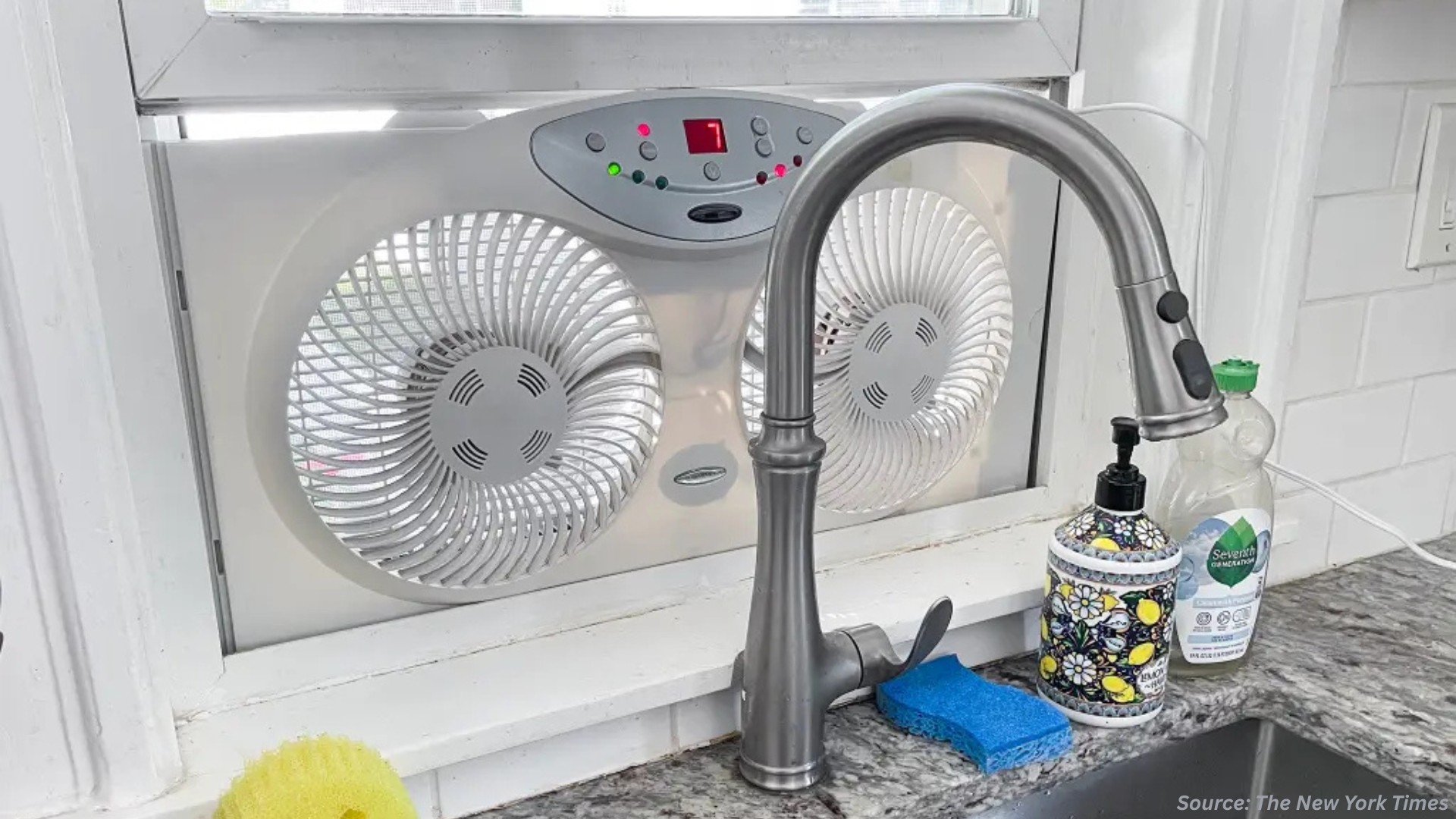Middle East elevator market is expected to reach USD 2.38 Billion by 2030
Published: 2025-10-03
The rise in technological advancements within the region is driving the demand for the Middle East elevator market during the forecast period.
Middle East Elevator Market size was valued at USD 1.25 billion in 2023, and is predicted to reach USD 2.38 billion by 2030, at a CAGR of 8.5% from 2024 to 2030, according to new research by Next Move Strategy Consulting. The elevator market is growing due to notable technological advancements in the region, including the incorporation of AI-driven predictive maintenance. These advancements present significant opportunities for the Middle East elevator market, despite its comparatively smaller size of USD 1.2 billion.
The integration of AI technology has the potential to transform maintenance practices, reducing downtime, and improving operational efficiency. Although urbanization rates in the Middle East are slightly lower than in some Middle Eastern countries, embracing innovative solutions can help Middle Eastern nations optimize elevator performance. This is crucial for ensuring safer and more dependable urban transportation, especially in countries like Iran and Iraq, where a considerable portion of the population resides.
Also, the elevator market is driven due to the infrastructure development initiatives in the Middle East. The continuous advancement of infrastructure projects across diverse sectors presents avenues for elevator installations. With countries such as Iran and Iraq experiencing ongoing urbanization, where 77.3% and 71.6% of their populations reside in urban areas respectively, there arises a growing requirement for upgraded infrastructure, including elevators in residential, commercial, and public buildings. Investments in infrastructure projects hold the potential to accelerate the growth of the elevator market in the Middle East, catering to the changing demands of urban populations and enhancing the overall standard of living in these regions.
Nonetheless, the costs linked to installing, maintaining, and enhancing elevators pose notable challenges to market expansion. The initial capital needed for implementing elevator systems, particularly in structures not initially designed for such infrastructure, can place a substantial financial burden on building owners and developers. Additionally, ongoing expenses associated with maintenance agreements, which involve routine inspections and repairs, add to the overall ownership expenditure.
On the other hand, the integration of AI-powered predictive maintenance into the elevator sector offers a promising prospect, leveraging AI to transform maintenance and management methodologies. Through the analysis of data gleaned from elevator sensors, AI algorithms can anticipate maintenance needs in advance, reducing downtime and improving the operational efficiency of elevators. This proactive approach not only extends the lifespan of elevator components but also bolsters safety measures by averting unexpected breakdowns. It streamlines resource allocation, resulting in substantial cost reductions for elevator companies.
Furthermore, well-maintained and dependable elevators contribute to heightened user satisfaction, enriching the overall experience for building occupants and visitors alike. Embracing AI-driven predictive maintenance empowers elevator firms to remain competitive and uphold exceptional service standards amidst a swiftly evolving market landscape.
Request for a Sample PDF on the Middle East Elevator Market
Several market players operating in the Middle East elevator market include Otis Worldwide Corporation, KONE Corporation, Schindler Group, TK Elevator, Mitsubishi Electric, Toshiba Elevator & Building Systems, Hyundai Elevator, Hitachi, Fujitec, Gulf Elevators & Escalators Co, Atlas Elevators Factory LLC, Alfa Elevators and others.
Key Insights from the Middle East Elevator Market Report:
-
The information related to key drivers, restraints, and opportunities and their impact on the Middle East elevator market is provided in the report.
-
The value chain analysis in the market study provides a clear picture of the roles of each stakeholder.
-
The market share of players in the Middle East elevator market is provided in the report along with their competitive analysis.
















Add Comment